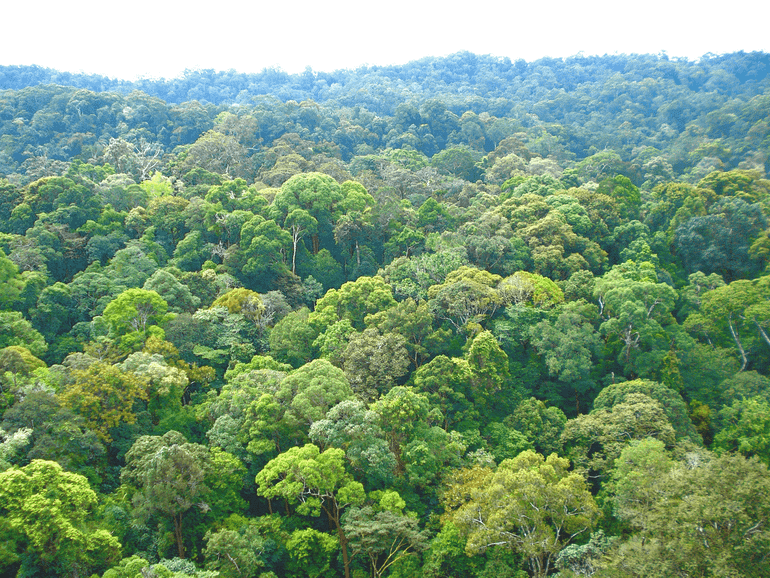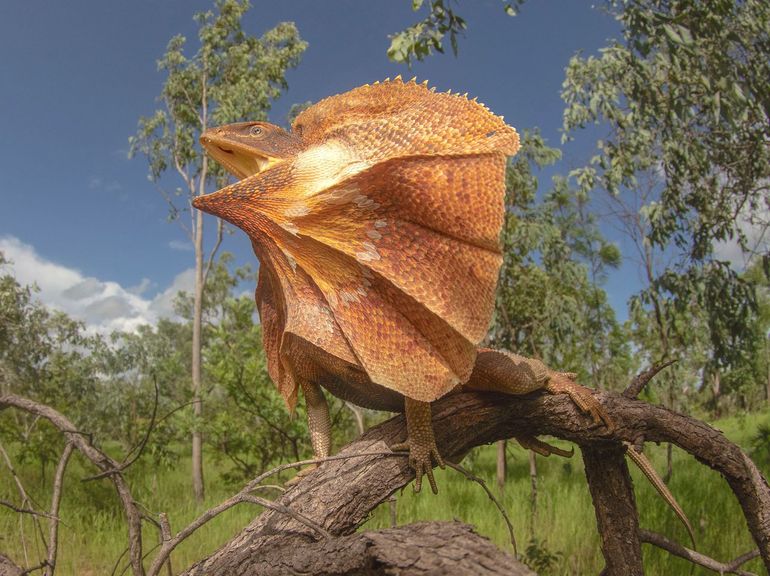
Past climate helps explain why there are no kangaroos in Bali
Institute for Biodiversity and Ecosystem Dynamics (IBED)More Asian animals in Australia than vice versa
If you travel to Bali, you won’t see a cockatoo, but if you go to the neighbouring island of Lombok, you will. The situation is similar with marsupials: Australia is home to numerous marsupial species, such as the kangaroo and the koala. The further west you go, the sparser they become. Australia, on the other hand, is not home to mammals that you will typically find in Asia, such as monkeys, tigers or rhinos.
This abrupt change in the composition of the animal world caught the eye of the British naturalist and co-discoverer of the theory of natural selection Alfred Russell Wallace. He described between 1854 and 1862 an (invisible) line that separates the Asian and Australian faunas. But why more species found their way from Asia to Australia than the other way round has been a mystery until now.

Climate in the area of origin matters
To better understand the uneven distribution of animals across Wallace’s Line, researchers from various countries have created a new biodiversity simulation model. It combines reconstructions of the climate, plate displacements since 30 million years ago and a comprehensive data set for around 20,000 species of birds, mammals, reptiles and amphibians that are recorded in the region today.
“In our model, we created some alternative realities”, says Ian McFadden from the Institute for Biodiversity and Ecosystem Dynamics (IBED) from the University of Amsterdam (UvA). “We wanted to find out what would happen if we tried to redraw the Wallace Line using the results of the simulations.”
Based on their simulations, the researchers found that animals originating from Asia were more likely to ‘hop’ across the Indonesian islands to reach New Guinea and northern Australia. These Indonesian islands featured a tropically humid climate, which they were already adapted to. McFadden: “Our simulations suggest that their wet-adapted lifestyle may have enabled Asian species to make use of islands in the center of Indonesia, called Wallacea, as stepping stones to get to Australia.”

The Australian wildlife was different, having evolved in a cooler climate that had become increasingly drier over time, and were therefore less successful in gaining a foothold on the tropical islands than the fauna migrating from Asia. McFadden: “Even if Australian species could make it to the wetter islands, the model suggests they may have failed to establish there because they weren’t adapted to the local conditions.”
Learning to understand invasive species
The long history of past epochs has shaped the patterns of biodiversity up to the present. It also helps us to understand why more species are found in the tropics today than in northern latitudes. This is especially important because the exchange of species between continents is happening at an alarming rate as humans move animals and plants around the planet. These species can become invasive on other continents and outcompete the ancestral fauna and flora. First author of the study Alex Skeels from the Institute of Terrestrial Ecosystems at ETH Zürich notes: “Knowing the factors that influence exchange on long time scales is important to understanding why species can become invasive on more recent time scales. In the current biodiversity crisis, this can help us to better assess the consequences of human-induced invasions.”
More information
- The article Paleoenvironments shaped the exchange of terrestrial vertebrates across Wallace’s Line was published last friday in Science.
Text: IBED
Photos: Damien Esquerré (lead photo: kraaghagedis); Ian McFadden
